Problems With Lychee Trees: Common Lychee Pests And Diseases
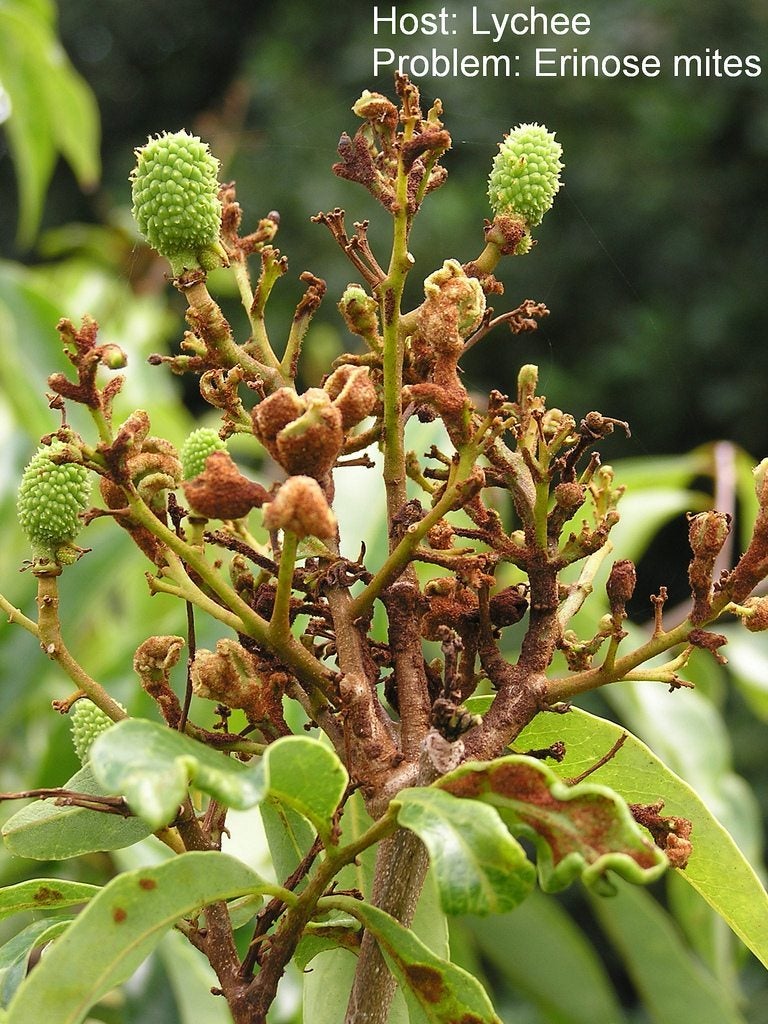

Lychee is a beautiful tree with a rounded canopy and deep green foliage. The reddish-colored fruit are both sweet and tart. Lychee trees are relatively easy to grow in plenty of sun and well-drained soil, and some people in northern climates even grow this warm-weather plant indoors. However, the tree isn’t immune to its share of problems. Read on to learn about potential problems with lychee trees and how to keep lychees healthy.
Common Lychee Problems
The most common issues with these trees include lychee pests and diseases. Here are the most likely ones to affect your plant:
Lychee tree pests
Mites (leaf curl mites, red spider mites, etc.): You can normally spray mites with Neem oil or insecticidal soap to eradicate them. Citrus aphid: Spray citrus and other aphids with Neem oil or insecticidal soap if they become a problem. A blast of water on the tree can help knock them off too. Caterpillars: Spray caterpillars with dormant oil in late winter to smother eggs before they hatch. You can also spray affected lychee trees with Bt (Bacillus thuringiensis), a naturally occurring bacteria. Fruit-piercing moth: The best way to combat fruit-piercing moths is to harvest lychee fruit as early as possible. Pick up rotten and fallen fruit. If the tree is small, cover it with netting. Leaf eating beetles (Japanese beetles, green beetles, etc.): Spray beetles with a permethrin-based insecticide.
Lychee Diseases
Diseases of lychee tree include anthracnose, root rot, and red algae. Most are the result of improper watering (either too much or too little) or excessive use of fertilizer. Consult experts at your local cooperative extension office for more information.
How to Avoid Most Lychee Issues
Lychee trees are relatively drought tolerant, but young trees should be watered regularly until they’re well established. Proper watering will help prevent many common lychee issues, including fruit split. Withhold water from mature trees for six to eight weeks before the trees bloom. However, if weather conditions are hot and dry, you may need to water lightly during this time. Plant two or three trees in close proximity to assist in pollination and increase fruit set. Allow 20 to 30 feet (6 to 9 m.) between each tree. Maintain a barrier of at least 2 or 3 feet (0.5 to 1 m.) between lychee trees and lawn grass. Avoid hitting the bark with a lawn mower or weed trimmer, as damage to the trunk can weaken the tree. Apply a thin layer of mulch around the tree, extended to the dripline, but always allow a 6-inch (15 cm.), mulch-free barrier around the base of the trunk.
Gardening tips, videos, info and more delivered right to your inbox!
Sign up for the Gardening Know How newsletter today and receive a free copy of our e-book "How to Grow Delicious Tomatoes".

A Credentialed Garden Writer, Mary H. Dyer was with Gardening Know How in the very beginning, publishing articles as early as 2007.
-
 Try The Trend – Turn Any Bed Into A Keyhole Garden With This Clever In-Ground Composter
Try The Trend – Turn Any Bed Into A Keyhole Garden With This Clever In-Ground ComposterKeyhole gardening is an efficient and sustainable practice that saves space. Get started on this DIY project quickly and easily with an in-ground composter.
By Bonnie L. Grant
-
 4 Superfast Composting Methods: Turn Waste Into Garden Gold In 30 Days Or Less
4 Superfast Composting Methods: Turn Waste Into Garden Gold In 30 Days Or LessTry the fastest composting methods to turbocharge your pile and transform kitchen scraps and garden waste into finished compost in just a few weeks.
By Mary Ellen Ellis
-
 No Fruit On Lychee Tree: What To Do When Your Lychee Isn’t Fruiting
No Fruit On Lychee Tree: What To Do When Your Lychee Isn’t FruitingLychee is a delicious tropical fruit but what if your lychee won’t produce? There are a couple of reasons for no fruit on a lychee. If a lychee isn’t fruiting, you’ve come to the right place. Click this article to find out how to make a lychee tree fruit.
By Amy Grant
-
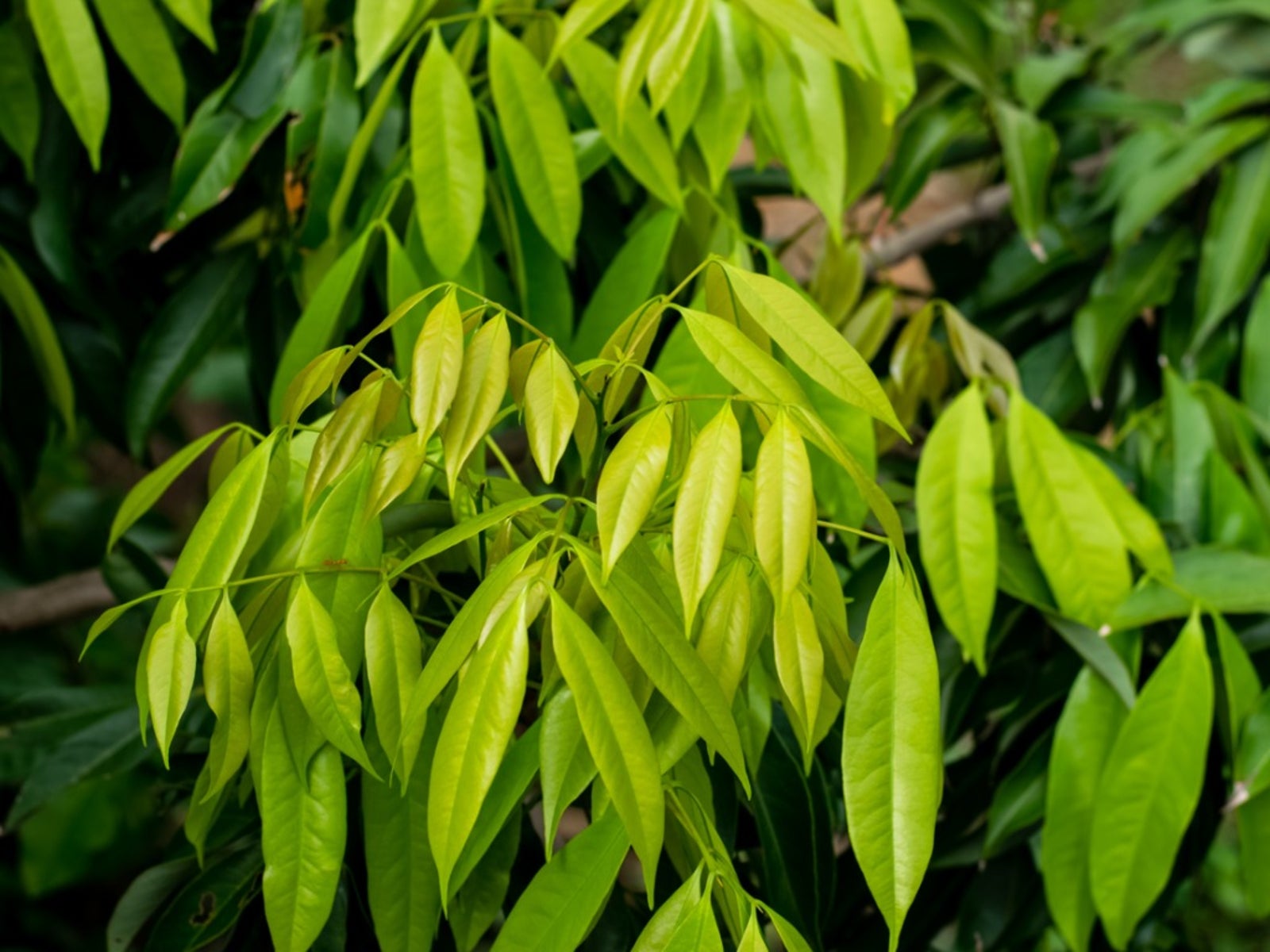 Pests Of Lychee Trees: Learn About Common Bugs That Eat Lychee
Pests Of Lychee Trees: Learn About Common Bugs That Eat LycheeLychee trees produce delicious fruit, but they are also beautiful, majestic trees in their own right. But even lovely lychee trees are not pest free. Lychee pests can cause problems for the homeowner, given its size. Click here for information on bugs that eat lychee fruit.
By Teo Spengler
-
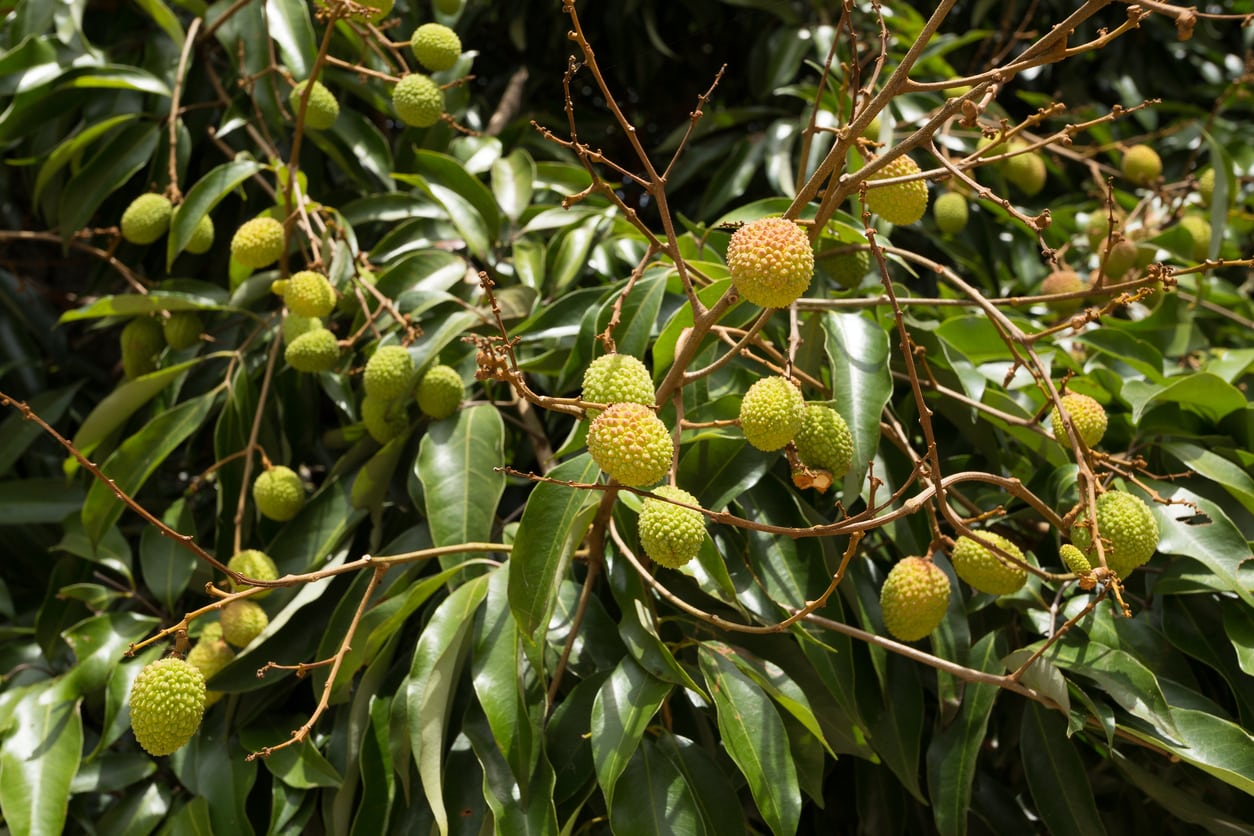 Treating A Sick Lychee Tree – Learn How To Manage Lychee Diseases
Treating A Sick Lychee Tree – Learn How To Manage Lychee DiseasesWhile it is nice to grow different plants in the landscape that not everyone else in the neighborhood is growing, you may feel completely lost and alone if problems occur on an exotic plant. Like any plant, Lychee trees can experience certain disease problems. Learn more here.
By Darcy Larum
-
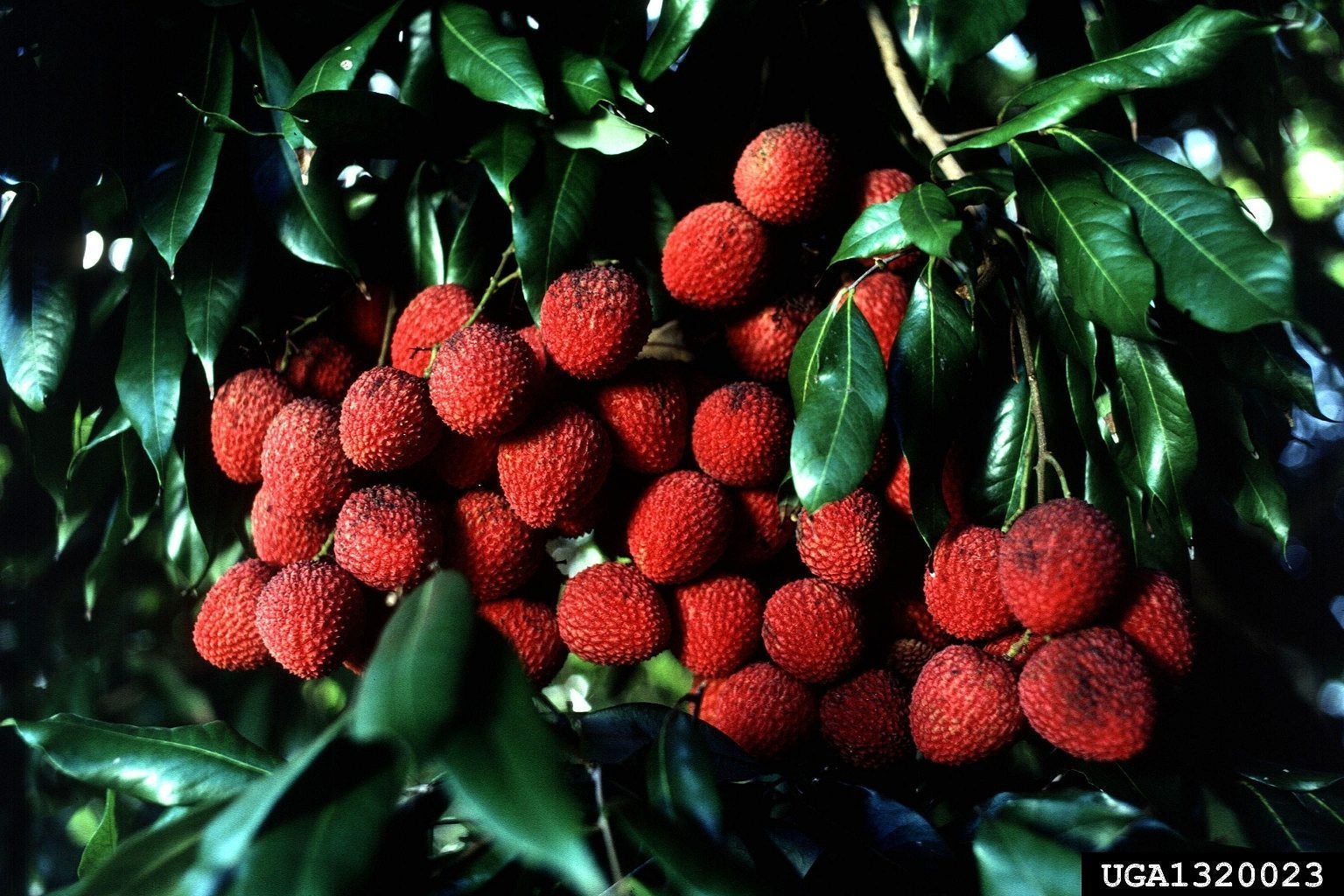 What Is Lychee Girdling: Does Lychee Girdling Work
What Is Lychee Girdling: Does Lychee Girdling WorkGirdling is a standard practice in lychee production. The process does result in higher yields if done at the right time of the year, but it isn't recommended as a consistent practice. Learn when and how to girdle a lychee for increased productivity in this article.
By Bonnie L. Grant
-
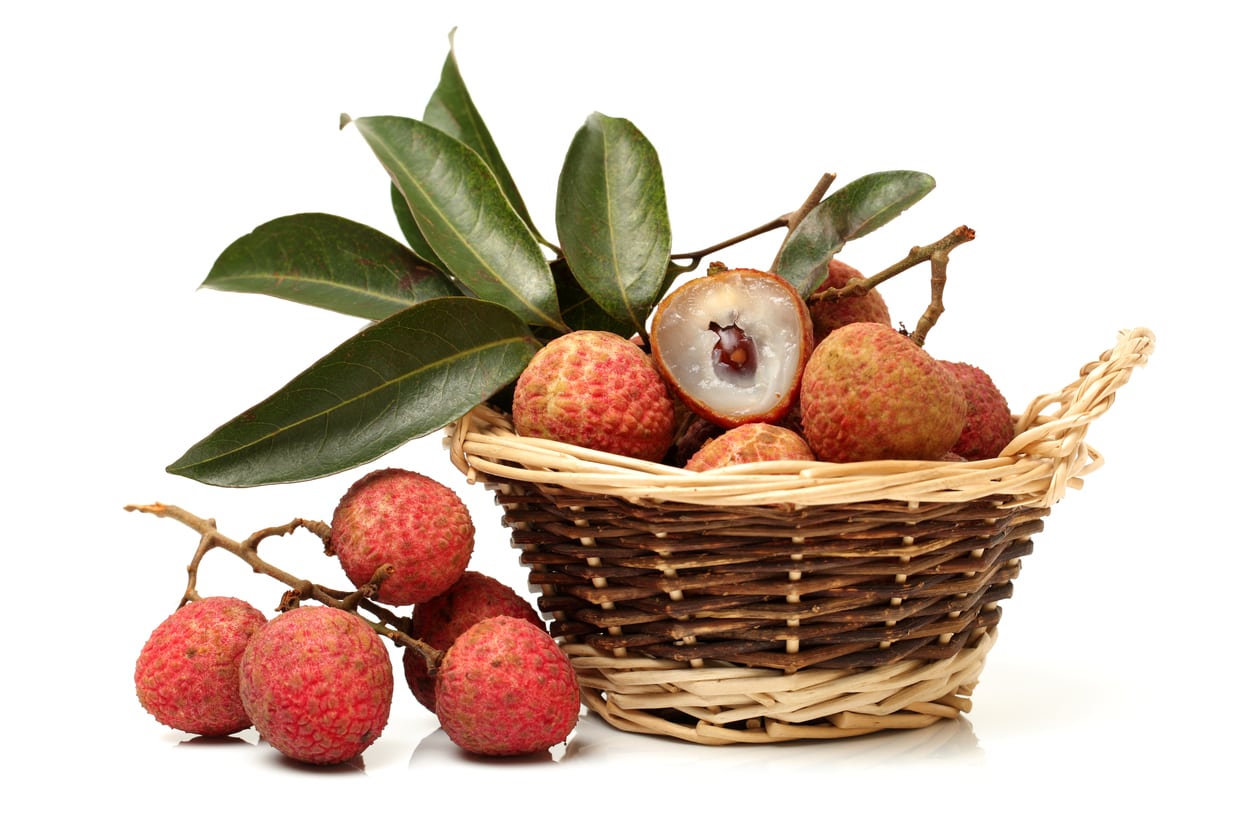 How To Harvest Lychees – Tips For Harvesting Lychee Fruit
How To Harvest Lychees – Tips For Harvesting Lychee FruitLychees are an extremely popular fruit gaining more traction around the world. If you live in a warm enough climate, you might be lucky enough to have a tree in your backyard. If you do, you're probably interested in how and when to harvest lychee fruit. This article will help.
By Liz Baessler
-
 Tips For Lychee Trimming – Learn How To Prune A Lychee Tree
Tips For Lychee Trimming – Learn How To Prune A Lychee TreeLychee has been grown and cultivated for thousands of years in subtropical regions of Asia and is becoming popular in suitable areas in the U.S. Properly timed lychee tree pruning can help them produce steadier, higher fruit yields. Learn how to cut back a lychee tree here.
By Darcy Larum
-
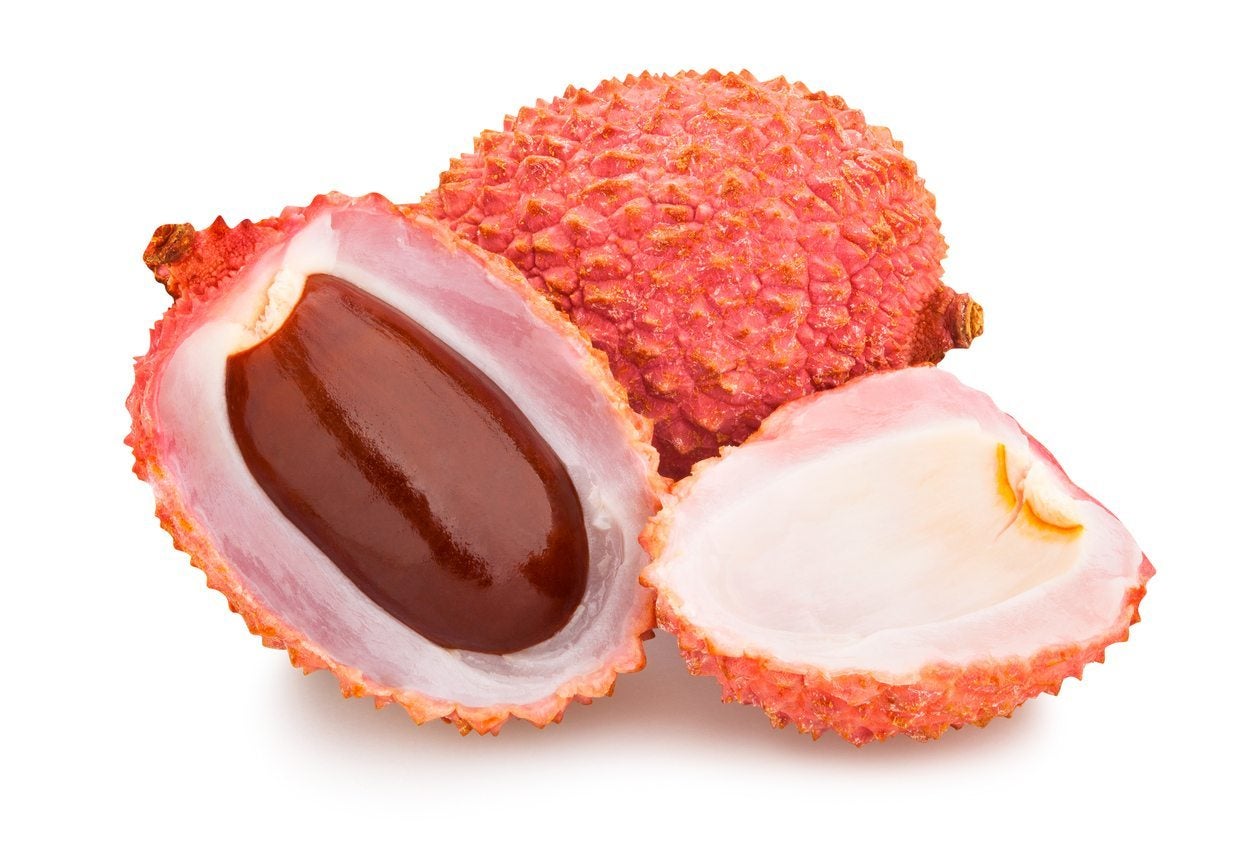 Planting Lychee Seeds: A Guide To Lychee Seed Propagation
Planting Lychee Seeds: A Guide To Lychee Seed PropagationLychees are a beloved Southeast Asian fruit that are steadily becoming more popular worldwide. If you?ve ever bought fresh lychees at the store, you?ve probably been tempted to plant those big seeds and see what happens. Click here for lychee seed growing info.
By Liz Baessler
-
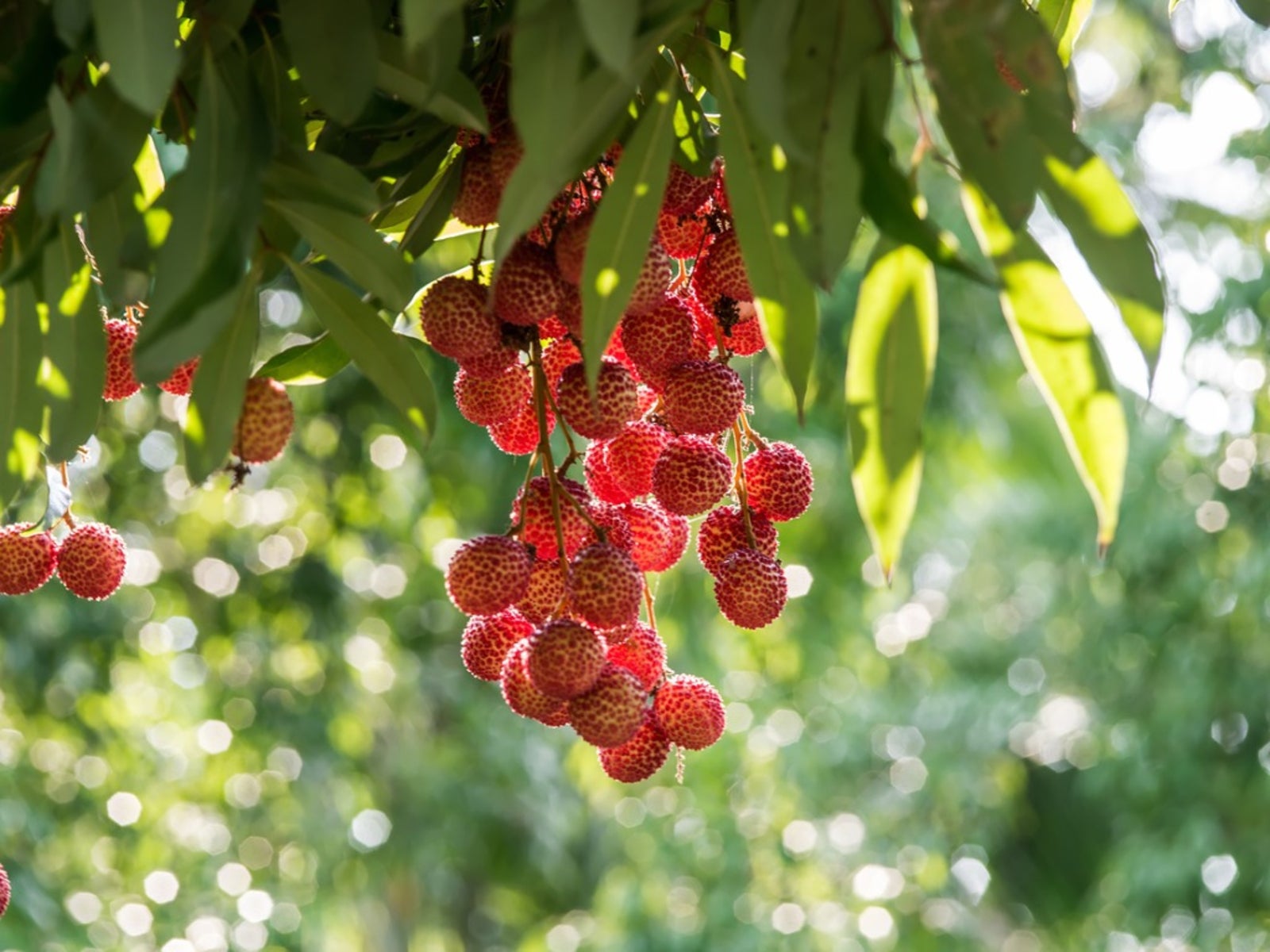 Why Is My Lychee Turning Brown – What Do Brown Lychee Leaves Mean
Why Is My Lychee Turning Brown – What Do Brown Lychee Leaves MeanLychee trees are becoming a more popular fruit tree for home gardeners that can accommodate their needs. A common problem is lychee leaves turning brown or yellow. Click here to learn more about brown leaves on a lychee.
By Darcy Larum